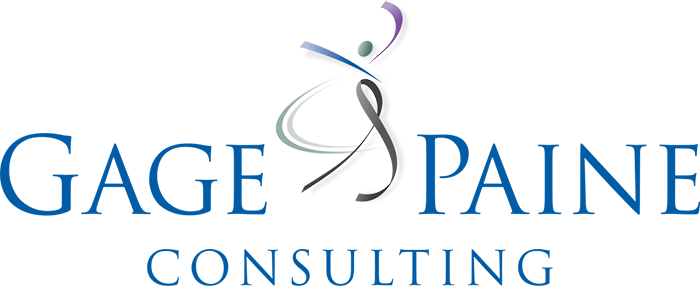What is the New Normal?

Photo by Prateek Katyal from Pexels
Oh so many years ago, it was February when I joined UTSA and the campus was in the final stages of developing a ten-year strategic plan. That fall, every division and college or school was asked to create a five year plan that was directly in line with the overall campus program. In one way that made our work easier. We didn’t have to come up with the big ideas. The university had defined five Strategic Initiatives and our job was to come up with objectives and actions steps connected to each one. Easier in that we weren’t starting from scratch.
But still not simple. The Division of Student Affairs at that time included Admissions, Financial Aid and the Registrar as well as Housing, the University Center, and Student Activities. It also included Recreational Sports, Career Services, Disability Services, Health and Counseling Services, and the campus Division 1 Athletics program. To say that people saw themselves as doing different work than their colleagues across the division would be an understatement.
And I came face to face with my own understanding, or lack thereof, about strategic planning. I understood the idea of a campus strategic plan, big goals, big things to work on across every part of the university. I understood the more focused planning for a department or program. I did not understand how to create a plan that crossed such a diverse division. But no one cared what I did or didn’t understand, we had to figure this out.
And it was then that I came to understand the power of developing a strategic plan. We had to find the threads that linked us all. We had to learn to identify and focus on the commonalities rather than the differences and we had to link those threads to the strategic initiatives of the university. And we did. Among other things we came up with the idea of creating a conceptual framework that defined excellence in our work, specifically in the programs we developed and ran and in the services we provided. Developing that framework was the task during the first year of implementing the plan.
The shorthand version is the Four C’s – Excellence Model: Create, Communicate, Care, and Collaborate. We spent time defining each C and identifying the changes that would result from using this model to guide our work. Having this model helped us begin to speak in the same language. It helped us find shared values and goals across disparate tasks and projects. It gave us a way to hold ourselves and each other accountable to the bigger idea of excellence.
I thought about these for C’s today when I saw an article in the Gallup newsletter. The topic of the article is going back to the office after COVID. (The link is below in the resource box.) The authors make the argument that it won’t be enough to just tell everyone to return to the office. Rather, they write, employers need to “enhance and communicate the benefits of working on-site.” I would add that we need to determine and communicate the purposes of working on-site. And I would argue we need to examine our assumptions about what work must be done face-to-face, what work is enhanced by in-person work, and what work can truly be done anywhere. Gallup has their set of four C’s to guide this work: Connection, Collaboration, Creativity, and Culture. Sounds to me like my colleagues at UTSA were already working on these.
My question for you today as we start to live out a new normal, is ‘what should that normal be?’ I’ve been saying for a while we’ve learned we can do our work differently than many of us ever imagined we could. We’ve done this out of necessity. As we move back to the workplace, to campus, what do we choose to do and how do we choose to do it? How will you and your colleagues define your new normal? I believe that understanding and using one version or another or perhaps all of these C words provide some guiding principles for our discussions and decisions.
Best of luck to everyone in this complex, but important process!
Take care,
Gage
